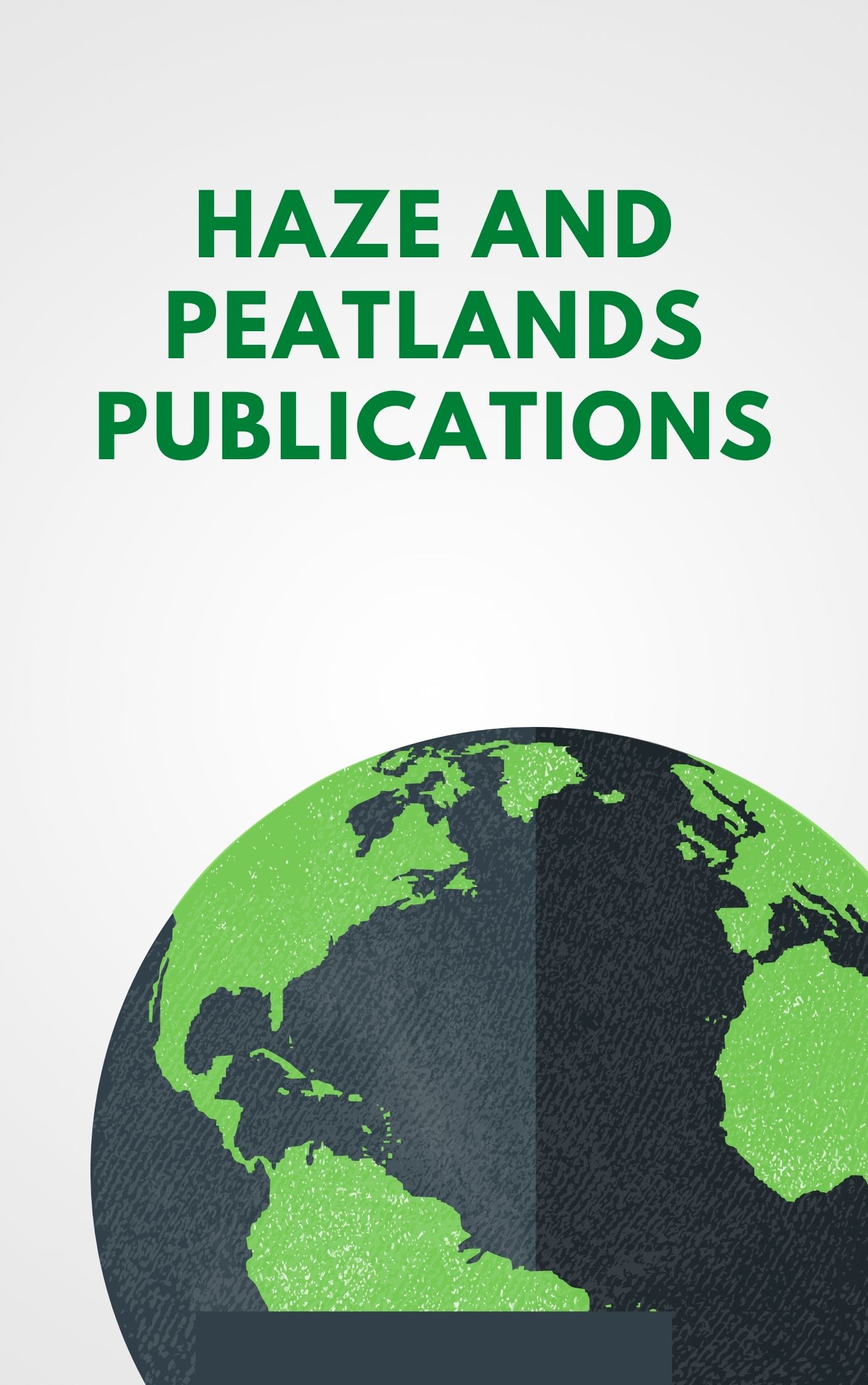Background: The level of diversity has a crucial role in the stability of the ecosystem. The higher the variety, the more stable an ecosystem, including agricultural land cultivated by farmers. Increasing of population affected the higher demanding of community towards their consumption activities. Especially, the natural resources that comes from local area such as Sukamaju District. Biodiversity of resources urgently needed to preserve the ecosystems meanwhile being the potential source to fulfilled nourishment of the people. This study aims to determine the diversity of peatland ecosystems by using a purposive sampling method in every selection of subject groups based on the characteristics or characteristics of a specific population. Methods: Field and Laboratory activities are needed in this research. Sample collection using several methods according to the targeted sample. Most of the sample using purposive sampling but also line intercept transect method. Fish sampling used a fishing gear called a gill net with a mesh size of 2-7 inches. The fish caught is placed in a labeled coolbox. Insect collection was running in the morning at 07.00-11.00 and in the afternoon at 3-5 pm (UTC+09:00). Sampling is held once a month for three months at predetermined coordinate points. Diversity was analyzed using Shannon-Wienner diversity, evenness index, dominance index and intensity on peatlands. Result: The results found seven orders and 30 families, with a total population of 1,231 individuals. The most dominant types of insects are the orders Coleoptera, Hemiptera and Lepidoptera. High diversity index (H'=3.021), high evenness index (E=0.86243) and low dominance index (D=0.3101). Fish community structure obtained diversity index (H') included in the medium category, for uniformity values in the high class and dominance index values in the low sort. The dominant fish species found were Channa striata, Anabas test udineus, Lates calcalifer, Mugil cephalus, Plot osus papuensis and Toxotes chataerus, while Oreochromis niloticus, Oreochromis mossambicus, Hexanematichthys sagor and Megalops cyprinoides. While the types of molluscs found to have the highest abundance were Pila ampullacea, Pomacea canaliculata and Pilsbryoconcha exilis.
View source

